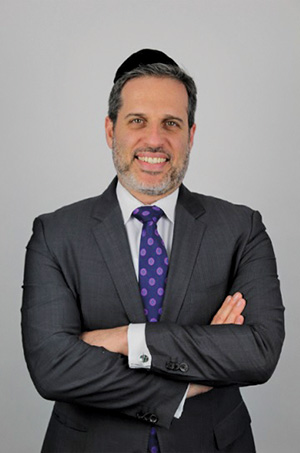

The use of robotics in the medical field has been gaining ground over the last 10 years. Presently, in particular in spine surgery, its greatest use appears to be in the application of screws. Traditionally, this has been done using an open-handed technique, in which a surgeon will rely on his knowledge of anatomy and the appearance of the vertebral bones as a patient lies on the operating room table, in an attempt to accurately place screws. In particular, this is common for fusion surgery. In addition, the use of fluoroscopy or x-ray helps to guide the accuracy of screw placement. However, despite the surgeon’s best attempts, accuracy often suffers. As a matter of fact, studies show that up to 5 percent of screws placed are done so in an inaccurate fashion and will need to be revised.
The use of robotics in spine surgery, both in practice and in theory, enables a higher degree of accuracy for instrument and screw placement. This is done via a CAT scan image of the preoperative spine, which is then matched to the on-the-table appearance of the patient in question. With the use of this type of technology, some studies are showing a 98 percent or greater accuracy in the placement of screws. An additional benefit is that given the technology, the use of radiation within the operating room field is reduced.
As of now, only a small percentage of spinal surgeons, and hospitals, have the training, facility and equipment to engage in robotic spine surgery. New Jersey, for example, has only two such institutions. An article in Becker’s Spine Review noted that as of January 2015, there were approximately 70 spinal surgeons who were trained in, and currently using, robotics. As with all new technologies, its appropriateness needs to be evaluated on a case-by-case basis, as well as on a pathology-by-pathology basis. For example, a simple sciatica discectomy-type surgery, in all probability, does not necessitate the use of robotics, whereas for a spine that is curved, in which there would be an attempt to minimize the surgical invasion, robotics could be of great help.
Here, at the Center of Spinal Disorders, we attempt to appropriately utilize this as well as other new technologies, on an individualized basis, to customize treatment to best suit your particular needs.
Please do not hesitate to contact us with any questions and/or concerns. We look forward to hearing from you and are wishing you the best of spinal health!
177 N. Dean St., Suite 301, Englewood, NJ 07631, 201-510-3777, www.NJ-CMD.com or info@NJSpinalDisorders.com.
Dr. Jonathan Lewin is a Board Certified Orthopedic Spinal Surgeon at The Center for Spinal Disorders, providing services for back pain & spinal disorders. Dr. Lewin is one of the few doctors in the states of New York and New Jersey who is experienced in performing Endoscopic Fusion Surgery. He can be reached at The Center for Musculoskeletal Disorders










